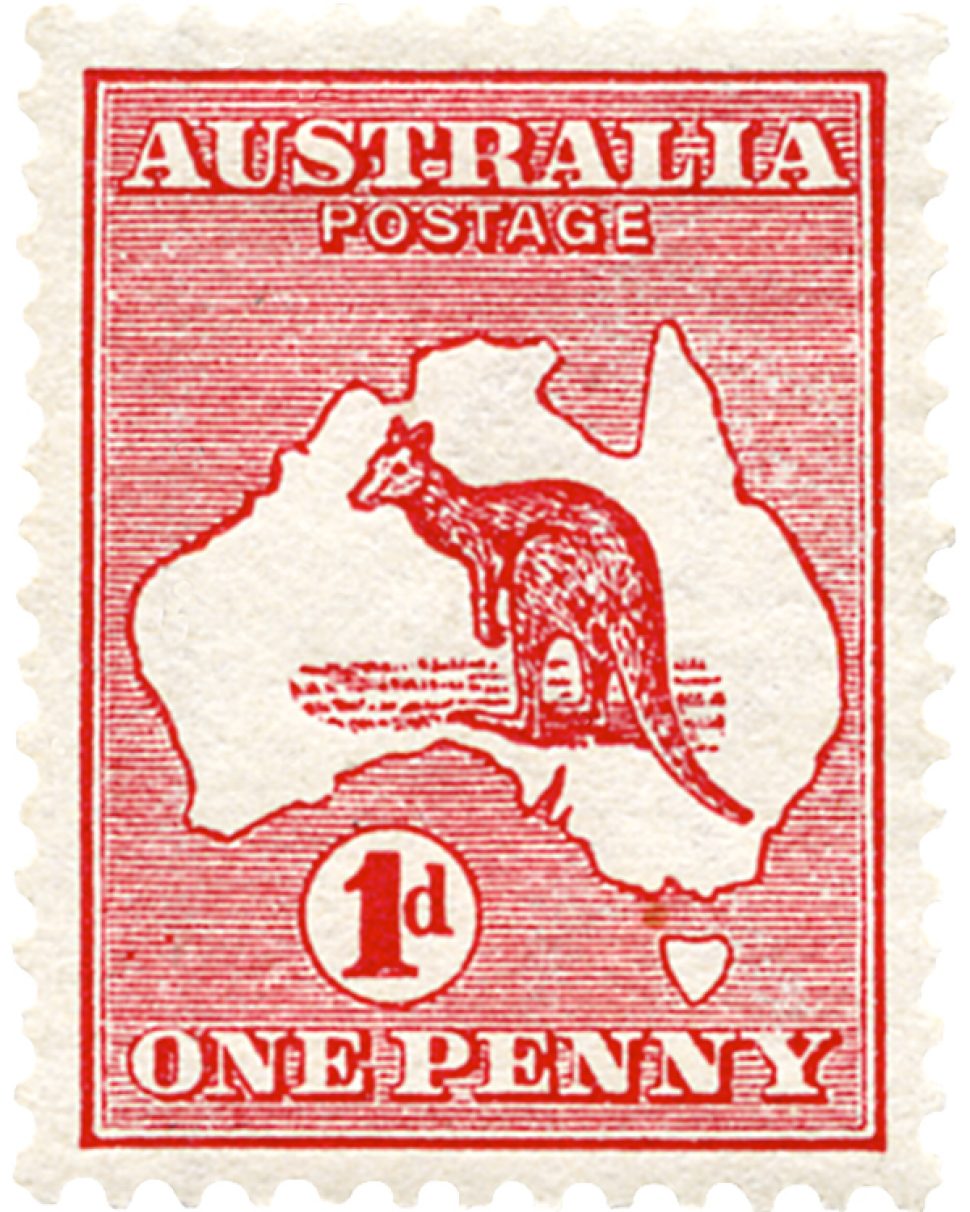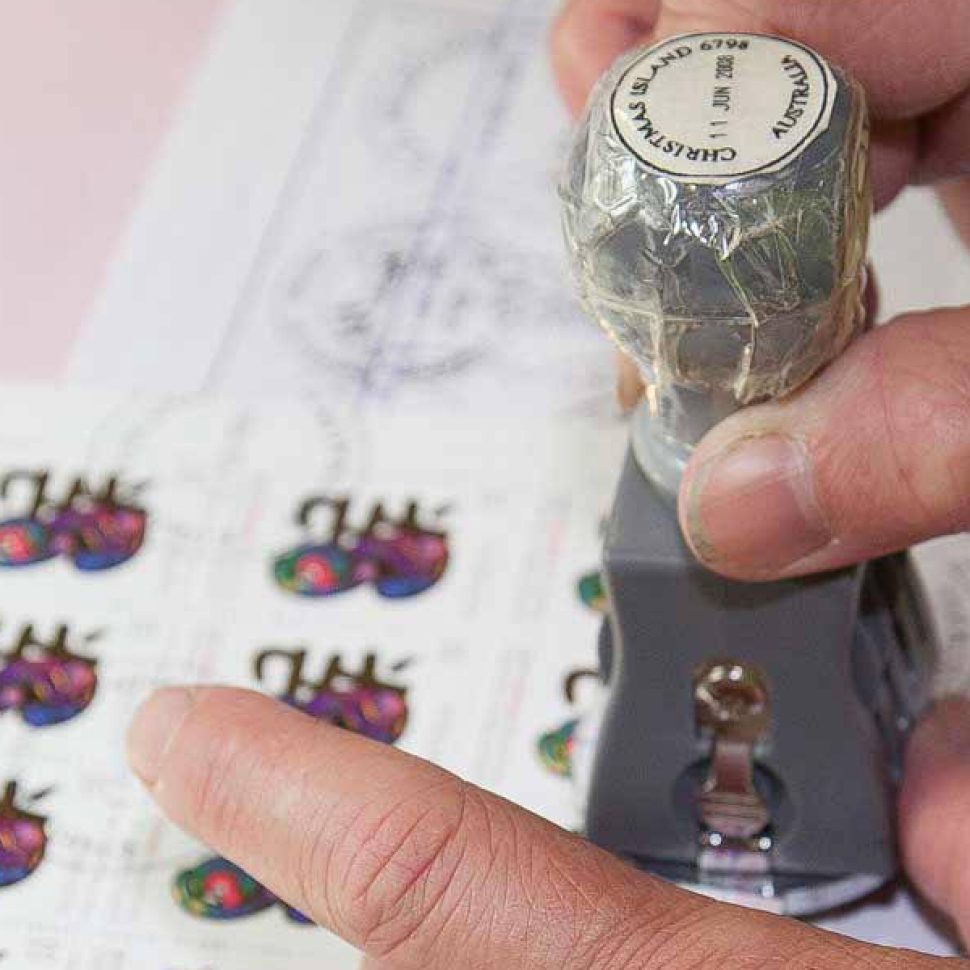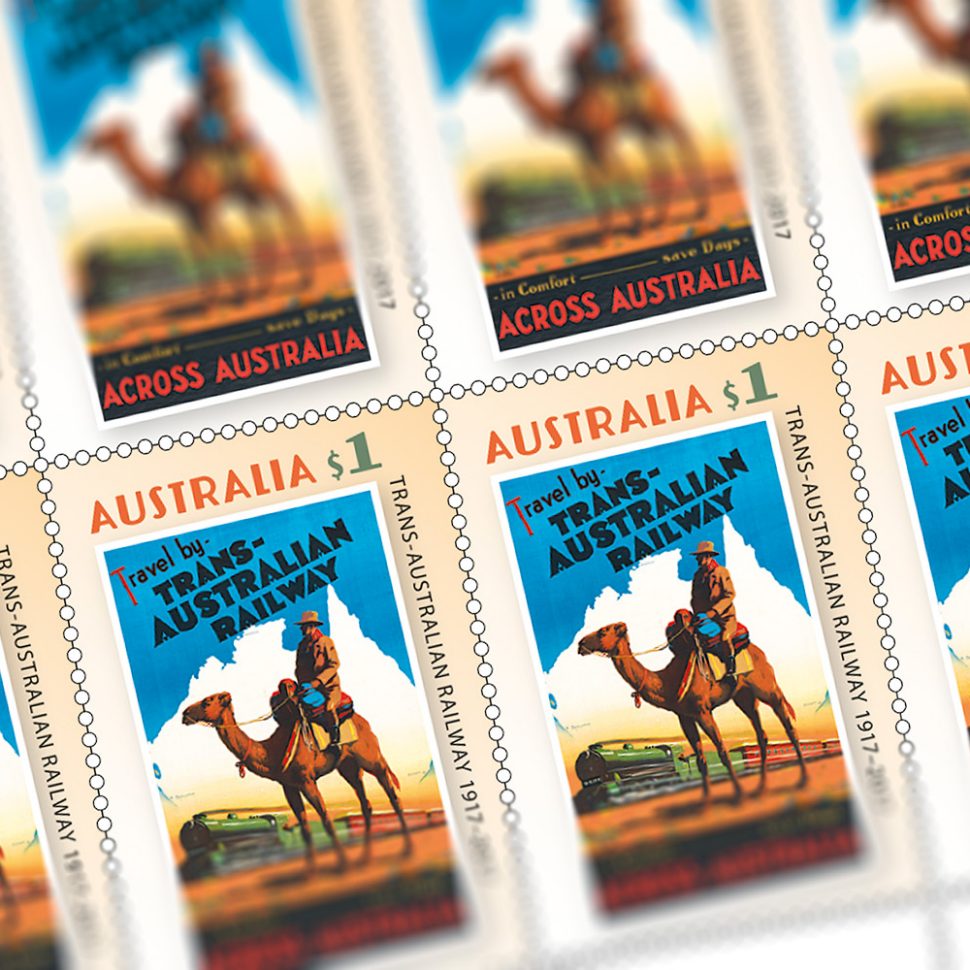In this two part content series, we offer advice and guidance to those new to stamp collecting, who may benefit from a little help to get them started.
Starting your stamp collection
Behind every stamp is a great story. Stamps tell us about current and historical events as well as the world around us. Over the years, changes in the postal service have mirrored the way society has changed. Stamps are part of this unfolding story, and this is why stamp collecting has always been, and remains, one of the most popular hobbies in the world.
Stamps aren’t just stamps. Consider the range of stamps that are available today:
- Stamps are self-adhesive or gummed in format
- Self-adhesive stamps are sold in rolls of 100 or 200, or books of five, 10 or 20 stamps
- Stamps are for long term sale (definitive sale) or short term sale (commemorative and special issues)
- Stamps are sold for domestic mail or for international mail
- Stamps are in sheets of 50 or in smaller formats, such as “sheetlets” of 10 and miniature sheets
- Stamps are sold packaged as products, such as first day covers, stamp packs and maximum cards
- Stamps are pre-printed on postal stationery, such as aerogrammes, postcards, postage paid envelopes and pre-stamped envelopes
- Stamps are produced for external territories – Australian Antarctic Territory, Christmas Island and Cocos (Keeling) Islands – and are valid for postage in Australia.
This kind of diversity provides numerous opportunities for collectors wishing to build a stamp collection. Some of these collecting opportunities are more complex than others, but many are straightforward and quite inexpensive to pursue.
Forming a collection
Most stamp collectors collect according to particular themes. By choosing one you will know which stamps to acquire. When you see stamps for sale you can assess their relevance, and if they are appealing and affordable you can buy them to develop your collection.
By adhering to a theme, stamps can be collected in a methodical fashion. Your theme defines the boundaries of your collection, giving it focus.
There are numerous ways to choose a theme for collecting stamps but these are the two most popular: select one or more countries and collect their stamps or, pick a topic relating to the subject matter of stamp designs. Either way, you can put together a collection and experience the pleasure of seeing it take shape.
The key to identifying worthwhile collecting opportunities is to understand the background to the various categories of stamps produced. If you chose to collect Australian stamps, remember that thousands of stamps have been issued in Australia since the 19th Century and the beginner will find it daunting if the objective is to build a substantial collection. A better option is to collect some Australian stamps.
The introduction of decimal currency in 1966 created another starting point for collecting, by replacing stamps in pounds, shilling and pence with stamps in dollars and cents. Collecting stamps issued after 1966 provides an affordable option, and the beginner will find that building such a collection is a straight-forward task, which lacks the complications of considering the colour shades, watermarks and perforations of earlier stamps.
A more recent starting point is 1989, which marked the commencement of ‘secret year’ dates on Australian stamps. Every stamp issued since 27 February 1989 carries the year of issue somewhere in the design, usually in tiny text. (Prior to 1989 the year of issue only appeared on commemorative stamps).
The second way of narrowing the scope is to limit your collection to stamps that accord with a particular theme. The list below offers a few suggestions for choosing a theme based on Australian stamps:
- Australian Antarctic Territory – Separate stamps for the Australian Antarctic Territory have been issued since 1957, and those issued since 1966 can be used for postage within Australia.
- Cocos (Keeling) Islands & Christmas Island – After several years of “postal independence” when the local administrations of these island territories produced their own stamps, Australia Post took over responsibility for stamp production in 1993-94. Stamps issued by Australia Post for Christmas Island and the Cocos (Keeling) Islands can also be used for postage within Australia.
- Christmas – In 1957 Australian commenced issuing Christmas stamps every year and became the first country in the world to do so.
- Royal portraits – Queen Elizabeth II is the most featured person on Australian stamps, having been depicted on many definitive stamps from 1953 to 1971. Commemorative stamps marking royal occasions include an annual issues for the Queen’s birthday. Until the Australian Legends stamp series, the reigning Monarch, and other members of the Royal Family, were the only living people who could appear on a stamp.
- Birds – Many bird species have been featured on Australian stamps and the number rises appreciably if stamps of the various Australian territories are added.
- Aboriginal culture, art and motifs – Numerous stamps depict Aboriginal people, art and culture.
- Aviation – Aviation has played an important role carrying mail in Australia and numerous stamps have been issued featuring aircraft, aviators and air mail themes.
- WW1 Centenary – Between 2014 and 2018 Australia Post is producing two stamp issues a year associated with the centenary of World War I and the contribution made by our defence services over the last century.
- First day covers – First day covers that bear a first day of issue postmark have been produced by Australia Post for each new stamp issue since 1970.
Whether or not any of these suggestions appeals depends upon you own interests. If you have a keen interest in some field, your knowledge will provide a basis for building a collection and your passion for collecting will be sustained by the theme.
Whatever theme you choose, once you have made your decision you will need to ask some basic questions:
- Who are the potential suppliers? While most stamp traders will stock some stamps that feature your desired theme, some have better ranges than others. Find out who is best suited to meet your collecting needs.
- Should you collect the stamps mint or used? This is a personal choice. If you like to see the full stamp design, collect your stamps mint. If you prefer stamps to have served their postal use, collect them used.
- Will you collect first day covers?
- Will you include other philatelic products such as stamp packs, maximum cards and so on?
When you have made the basic decisions, you will start building your collection. Deciding on how your collection will look should be made in accordance with your preferences. The pleasure of collecting becomes real if you make creative choices. If you need advice, ask your local stamp trader.
How to acquire stamps
While the easiest way to accumulate stamps might be to take them off mail you receive, it is not the ideal way of collecting stamps. Mail received in offices from customers can provide a good range of stamps, but the reverse is rarely true as most businesses these days do not pay the postage with stamps. If you wish to collect in a methodical way, you will find it necessary to purchase the stamps you need. Although you will have to spend money on your hobby it is possible to spend modest amounts and in the process acquire a good range of stamps.
People who sell stamps to collectors are called stamp traders. They generally focus exclusively on dealing in stamps and philatelic items, and they are usually knowledgeable about the items they offer for sale. Most stamp traders are former stamp collectors, who use their knowledge of philately to set up in business. Collectors need stamp traders, because otherwise they will have no means of acquiring enough stamps to put together a collection.
There are broadly two kinds of stamp traders. The first kind operates a retail business, normally with shop frontage and generally with an online shop. They are the traditional stamp traders and although most leading stamp traders still have retail premises there are fewer of them today. The second kind of stamp s trader runs their business by electronic or mail order sales only, often dealing part-time. Such stamp traders appear in person on special occasions, such as stamp fairs and exhibitions.
The beginner should seek out both kinds of stamp traders. The retail stamp traders will be accessible during shop trading hours and will carry a wide stock. The second kind of stamp traders may not be easy to contact. However, they may sell stamps at reasonable prices, because they do not incur the same overheads as retail stamp traders.
It is very important to establish regular contact with any stamp traders who you believe will be helpful with your collecting endeavours. Such stamp traders are aware of your needs and will provide advice and offer stamps that are useful for your collection. A stamp trader who is not particularly interested in making this effort is probably not a worthwhile prospect for novice collectors.
Look out for the second part of this top tips for beginner’s series, where we will offer further advice on how to house your stamps as well as valuable sources of information to help you develop your collection.
This article was produced at the time of publication and will not be updated.






